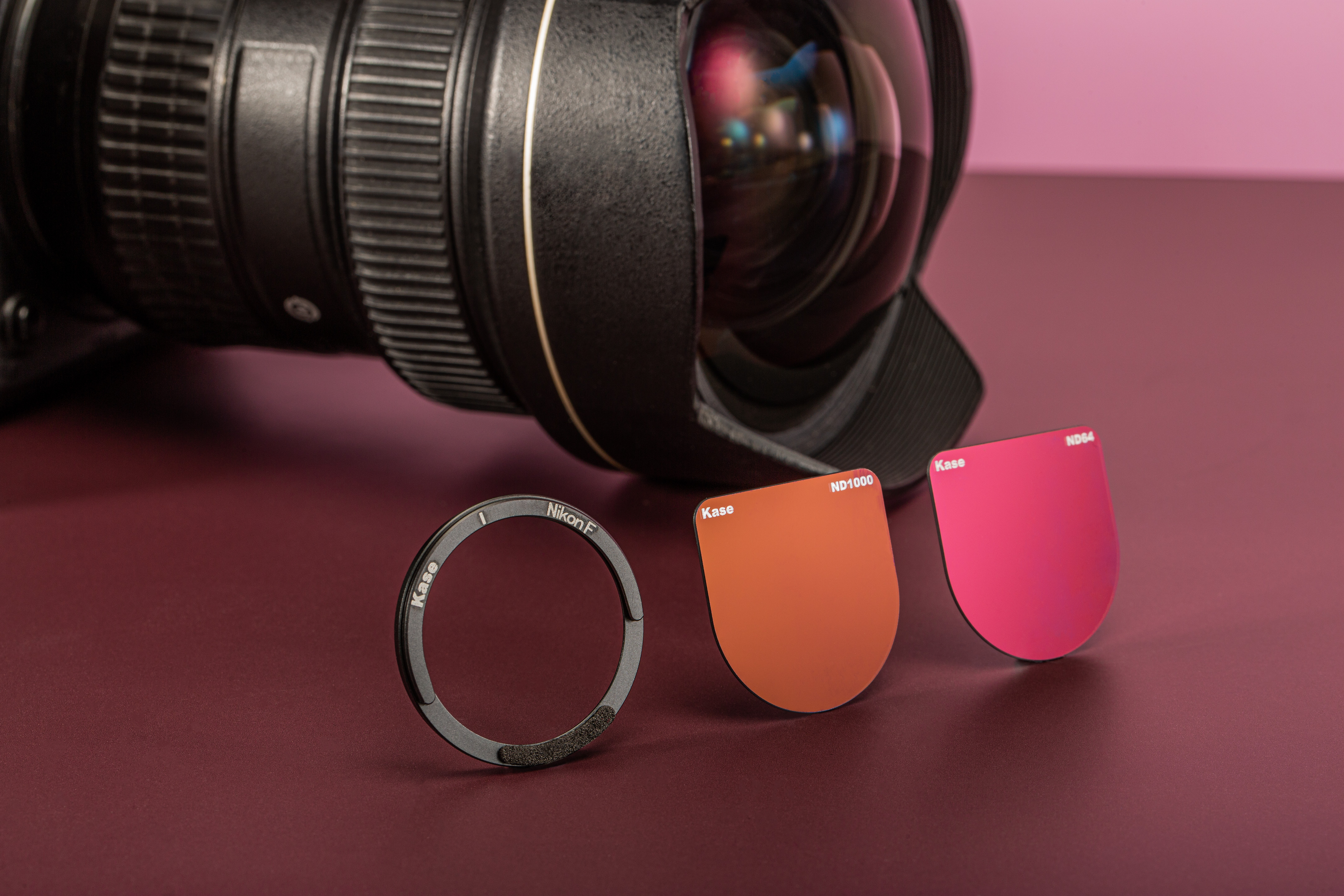

Either by looking through your viewfinder or at your rear LCD screen, you will see the image changing as you turn the filter. Using a polarizing filter is best done by turning the filter and observing what’s happening. This is because you are altering the direction of the lines of the filter coating in relation to the light waves.

Waves of light parallel to these chains are blocked by the filter.Īs you rotate the outer ring of a polarizer, you can see how the effect of the filter changes. This dichroic coating has chains of molecules lined up in one direction. When the reflected light reaches the filter, some of the waves will be blocked from entering the lens by the coating on the filter.
#NIKON LENS FILTERS ND MANUAL#
Nikon D800 | 35mm | 1/125 sec | f/5.6 | ISO 200 | Manual Mode | Pattern Metering So the reflection of a window will be influenced differently by a polarizer than that of a surface that’s not flat. This is because the waves are primarily moving in a similar direction. When light reflects off a flat surface, using a polarizer will have a more uniform effect on it. This is why colors are also affected by polarizing filters. A polarizing filter only allows light to enter the lens that’s coming from certain directions.Īs light waves vibrate and bounce off different surfaces, the direction and rate of the vibration is altered. Light waves reflect off uneven surfaces in different directions. Polarizing filters work by stopping some light waves from entering your lens. The added saturation boost also makes water and skies look more appealing. Being able to control the strength of reflection in the water makes a significant difference in your photos.

When photographing at the beach or beside a lake, a polarizing filter is especially useful. Nikon D800 | 55mm | 1/640 sec | f/11 | ISO 200 | Manual Mode | Pattern Metering © Kevin Landwer-Joahn Nikon D800 | 55mm | 1/200 sec | f/11 | ISO 200 | Manual Mode | Pattern Metering Without a polarizing filter.© Kevin Landwer-Johan. You can see the difference in the detail of the clouds and in the saturation of the blue sky. For the first one I used a polarizer, and for the second one I did not. Skies and clouds photographed with a polarizing filter can take on a whole different look. Even with a polarizing filter, you may not be able to completely eliminate reflections from a surface. They are not always possible to avoid without using a polarizing filter. Reflections from these types of surfaces can invade your composition. It can be challenging to create a clear representation in your photos. But they can also be unwanted and distracting. © Kevin Landwer-Johan Nikon D800 | 55mm | 1/125 sec | f/3.5 | ISO 800 | Manual Mode | Pattern Metering Why polarizing filters are usefulĪt times, reflections can enhance a photograph or even be the main subject. The glare coming off the wood is almost totally removed by the filter. Here, you can see the effect the polarizing filter has on the reflection of the wood surface it is resting on. The most noticeable effect of a polarizing filter is when it’s rotated at a ninety-degree angle to the sun. This depends on where the sun is and which direction you’re pointing your camera. At different angles of rotation, the amount of light that’s filtered out will vary. As you turn the filter, the effect it has on light entering your lens changes. Once the filter is on the lens, you can rotate the outer layer of the filter. They go on the front of your lens, so you need the correct size to fit your lens diameter (or an adaptor). The most common polarizing filters are circular and consist of two glass pieces sandwiched together. © Kevin Landwer-Johan Nikon D800 | 55mm | 1/400 sec | f/16 | ISO 400 | Manual Mode | Pattern Metering What is a polarizing filter? But none (so far) have the ability to remove glare and reflections the same as polarizing filters can. Many imaging programs have tools to control color saturation and contrast easily and effectively. They also boost color saturation and contrast. Using a polarizer cuts down on reflections, haze, and scattered light.
#NIKON LENS FILTERS ND SOFTWARE#
But no post-processing software can mimic the effect of polarizing filters. Post-processing allows you to make many alterations to the photos you take. They are small, inexpensive, and make a significant impact on your photos. Polarizing filters are one of the most useful accessories a photographer can own.


 0 kommentar(er)
0 kommentar(er)
